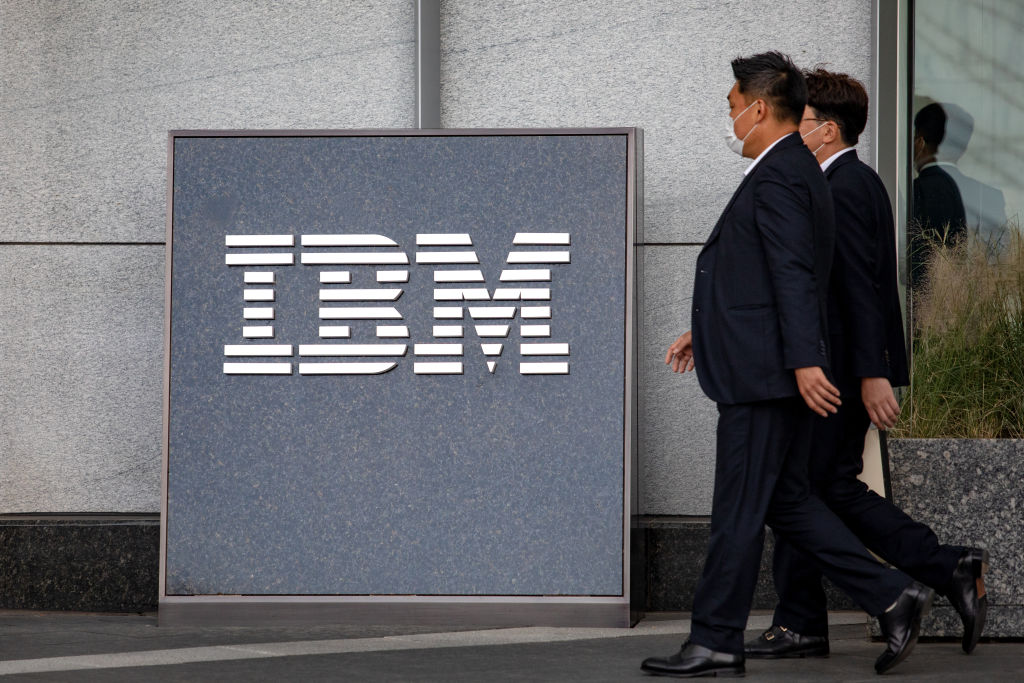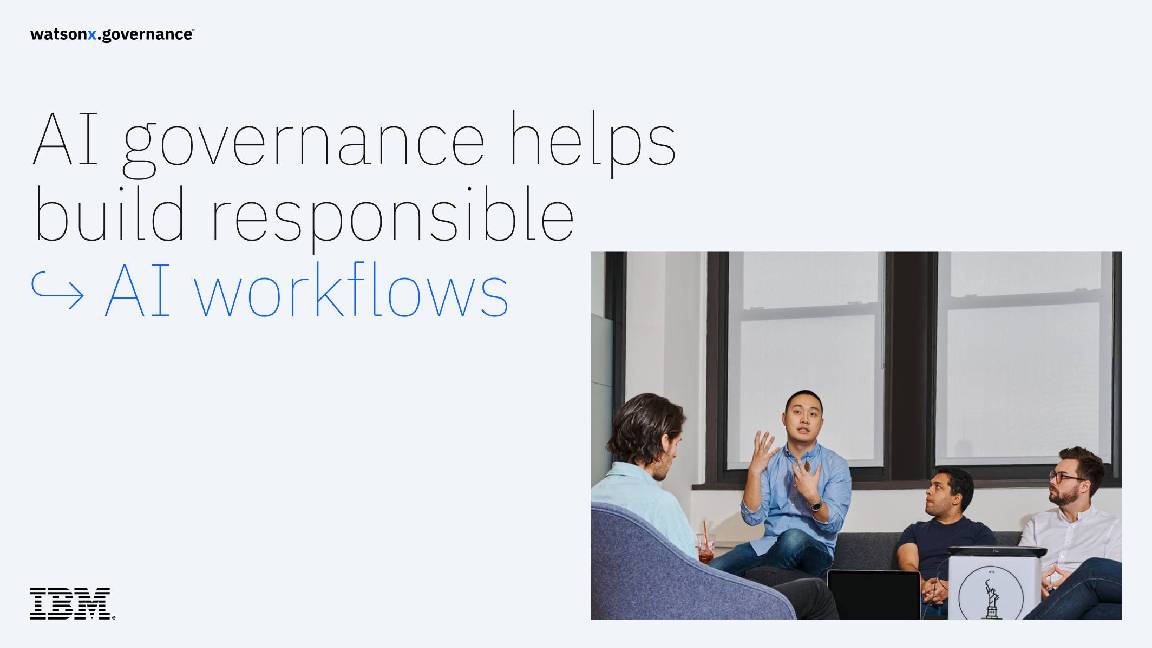NetApp steps up its flash storage fight
Storage vendor uses three-day conference to flesh out its flash ambitions.

NetApp has shared its technology roadmap and revealed plans to steal ahead of its competitors in the burgeoning flash market.
Speaking at NetApp's three-day Insight EMEA conference in Dublin this week, director of technology and strategy, Matt Watts, reflected on how best to handle operations that have now become "low value, commodity IT".
Touching on the storage vendor's focus on flash and cloud as well as the increasing role of IT as a "services broker", Watts highlighted how far the role of storage has come from its humble beginnings within the IT hierarchy.
"If you look at our portfolio and the impact of flash, the storage guy is more significant than ever before," said Watts during a press preview of his keynote speech.
"We are in the same business as utility companies, really. We take data which has no value on its own and we store and deliver it to the end point where the ones and zeros become useful. We have more tools, technologies and capabilities than before, we have the ability to truly make a difference to the business. In the future, I'm going to say it loud and proud: I am the storage guy'!"
Underlining NetApp's focus on flash-accelerated and cloud-integrated storage systems, the vendor announced two new storage platforms at the event, including an all-flash array and an updated platform.
All-flash
Get the ITPro daily newsletter
Sign up today and you will receive a free copy of our Future Focus 2025 report - the leading guidance on AI, cybersecurity and other IT challenges as per 700+ senior executives
The vendor's EF550 all-flash array, succeeding the EF540, targets the traditional big-money, big-footprint tier-1 storage environment traditionally inhabited by the likes of EMC and IBM.
Though flash is considered expensive on a capacity-basis, the company is banking its cheaper cost on a per IOPS basis to provide an attractive alternative to the traditional spinning disk storage needs of systems like databases and CRM tools.
"I believe all-flash can be used in a number of different, disruptive ways," said Watts. "The biggest disruption will be caused to the traditional large frame-type storage array, where customers are buying large amounts of capacity but not using it because they are using a smaller amount of lots of disk' to get I/O.
"Our system, delivering over 450,000 IOPs and under 1 millisecond latency, costs typically less than 10 per cent of the cost of the 7-figure large frame storage array from a typical vendor. With a 2 RU form factor, it can outperform a system that consumes two whole racks and often lies under-used."
The company sees this product as an opportunity to break into the higher sphere storage world and to take on companies like EMC and IBM, whose bread and butter is tier 1 storage. It is relying on its strong foothold in the flash market where it has had a presence dating back to 2008 to beat the numerous start-ups and the big vendors that are emerging on the scene.
The new E-Series arrays include the E2700 SAN array, aimed at the remote office or smaller scale environment and offering a performance boost on its predecessor. "It's very high density," explained Watts. "It has the most dense storage shelf of any technology today." The updated E5500 SAN array also steps up the performance on its predecessor, as a dedicated on-premise main storage environment with basic data management capabilities.
Cloud
NetApp is addressing cloud integration by expanding the scope of the ONTAP platform. Users can now run ONTAP as a virtual storage appliance within VMware environments and on a wider array of hardware than before.
"People want to deploy it into a cloud provider, where you don't necessarily know what the underlying hardware is. We are expanding the scope of what ONTAP can run on significantly so people can deploy it into some of the larger service providers we work with," commented Watts.
A mention was also made of the company's Project Shift, now in beta, which aims to allow platform and hypervisor independence across service providers. Overall, NetApp sees hybrid cloud as being the model of the future, using Data ONTAP as a universal data platform to provide cloud management across various mixes of private and public cloud.
Last week, the company posted results for its second fiscal 2014 quarter which ended on October 25 that were lower than what analysts expected but still showed an increase of one per cent on last year.
-
 Should AI PCs be part of your next hardware refresh?
Should AI PCs be part of your next hardware refresh?AI PCs are fast becoming a business staple and a surefire way to future-proof your business
By Bobby Hellard
-
 Westcon-Comstor and Vectra AI launch brace of new channel initiatives
Westcon-Comstor and Vectra AI launch brace of new channel initiativesNews Westcon-Comstor and Vectra AI have announced the launch of two new channel growth initiatives focused on the managed security service provider (MSSP) space and AWS Marketplace.
By Daniel Todd
-
 Put AI to work for IT operations
Put AI to work for IT operationswhitepaper Reduce the cost and complexity of managing hybrid applications
By ITPro
-
 AI in the retail industry is spreading beyond the IT department
AI in the retail industry is spreading beyond the IT departmentNews AI has become a strategic imperative for retailers, delivering marked productivity gains
By Emma Woollacott
-
 Maximizing contact center operations with generative AI assistants backed by responsible AI principles
Maximizing contact center operations with generative AI assistants backed by responsible AI principleswhitepaper Reduce the cost and complexity of managing hybrid applications
By ITPro
-
 IBM just launched powerful new open source AI models – here’s what you need to know
IBM just launched powerful new open source AI models – here’s what you need to knowNews Available under the Apache 2.0 license, IBM's Granite 3.0 models are trained on enterprise data and can out-perform the competition
By Emma Woollacott
-
 Achieving business outcomes with generative AI
Achieving business outcomes with generative AIWebinar Take your hybrid cloud journey to the next level with generative AI
By ITPro
-
 Wimbledon’s new Catch Me Up AI feature promises to keep fans up to date at the tournament – after it irons out some of the wrinkles
Wimbledon’s new Catch Me Up AI feature promises to keep fans up to date at the tournament – after it irons out some of the wrinklesNews The latest feature to come out of IBM’s partnership with Wimbledon will keep fans engaged from the early stages right through to the final with dynamic player insights
By Solomon Klappholz
-
 AI demands new ways of data management
AI demands new ways of data managementwhitepaper The data leader’s guide for how to leverage the right databases for applications, analytics and generative AI
By ITPro
-
 AI governance for responsible transparent and explainable AI workflows
AI governance for responsible transparent and explainable AI workflowswhitepaper Build greater trust in your AI
By ITPro